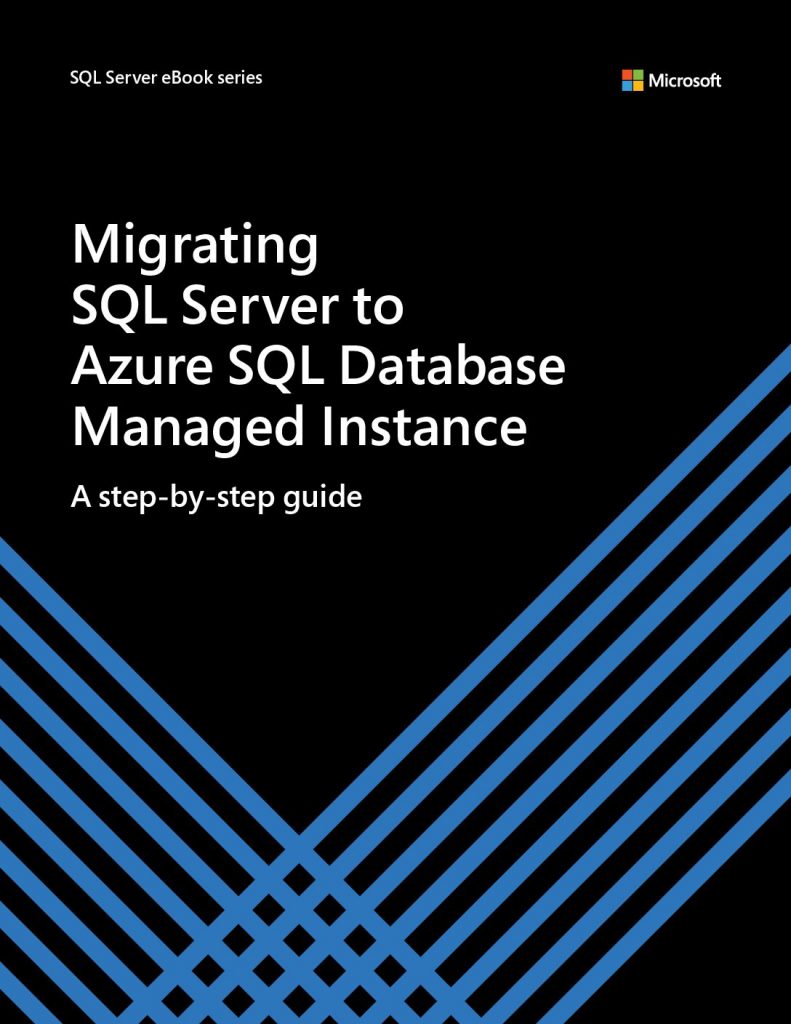The mix of databases in the cloud is growing significantly, and organisations need a durable framework to lift and shift databases to the cloud while extending what they already have. With end of support for Microsoft SQL Server 2008 and 2008 R2 coming on 9th July, 2019, many organisations are migrating their legacy SQL Server databases to an appropriate cloud platform. But some important factors need to be considered before migration – like cost, compatibility and post-optimisation. Azure SQL Database Managed Instance is a better solution for migration because it has familiar features, lowers your TCO and is fully managed. It enables you to seamlessly lift and shift SQL Server applications to Azure without making changes to your code. And it provides a portfolio of migration tools that can help you choose the right mix of cloud and on-premises data for your business.






